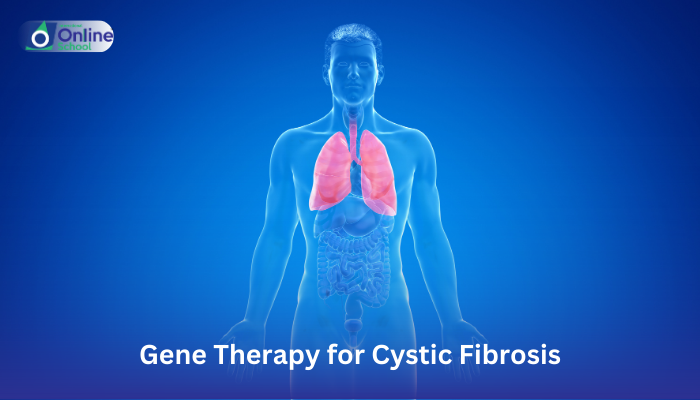
Learning Outcomes:
i. Describe the genetic basis of cystic fibrosis (CF) and its impact on individuals.
ii. Explain how gene therapy is being used to treat CF, focusing on the specific gene involved and the delivery method.
iii. Analyze the challenges and successes of gene therapy for CF, highlighting its potential and limitations.
Introduction:
Imagine a world where breathing, a seemingly effortless act, becomes a daily struggle. This is the reality for individuals living with cystic fibrosis (CF), a genetic disorder affecting the lungs, digestive system, and other organs. But hope emerges from the cutting edge of science, with gene therapy offering a potential lifeline for those battling this condition. Today, we delve into the intricate world of CF, exploring how gene therapy is rewriting the narrative of this disease, offering a chance for easier breaths and a brighter future.
i. A Faulty Blueprint: Understanding Cystic Fibrosis:
CF is caused by mutations in the CFTR gene, which codes for a protein crucial for regulating the flow of chloride in cells. This malfunction leads to thick, sticky mucus buildup in the lungs and other organs, causing breathing difficulties, infections, and digestive problems.
Individuals with CF inherit two faulty copies of the CFTR gene, one from each parent. The severity of the disease varies depending on the specific mutations involved.
ii. Rewriting the Code: Gene Therapy for CF:
CF gene therapy aims to introduce a healthy copy of the CFTR gene into lung cells, bypassing the faulty one and enabling them to produce the necessary protein.
Researchers have developed viral vectors, modified viruses that carry the healthy gene into cells. Once inside, the vector delivers the gene, instructing the cells to produce functional CFTR protein.
This therapy is still in its early stages, but clinical trials have shown promising results, with patients experiencing improved lung function and reduced symptoms.
iii. Challenges and Successes: Navigating the Gene Therapy Landscape:
Delivery challenges: Reaching all lung cells with the vector remains a hurdle, as some areas are difficult to access.
Immune response: The body's natural defense system may attack the viral vectors, requiring immunosuppressive medications.
Long-term effects: The long-term effectiveness and durability of the therapy are still being studied.
Limited access: The high cost and limited availability of gene therapy currently restrict access for many patients.
iv. A Beacon of Hope: The Future of CF Gene Therapy:
Research is ongoing to improve delivery methods, minimize side effects, and extend the duration of benefits.
Gene editing tools like CRISPR-Cas9 hold potential for directly correcting the faulty CFTR gene within cells.
Continued research and development, coupled with increased access and affordability, aim to make this therapy a reality for all individuals living with CF.
Gene therapy for cystic fibrosis is a complex and evolving field, offering a ray of hope for a brighter future for patients. While challenges remain, the potential for improved lung function, reduced symptoms, and a better quality of life is a powerful motivator for continued research and development. By understanding the science behind this innovative therapy, appreciating its triumphs and challenges, and supporting ongoing research efforts, we can work towards a future where breathing easier becomes a reality for all, and cystic fibrosis no longer dictates the course of life.